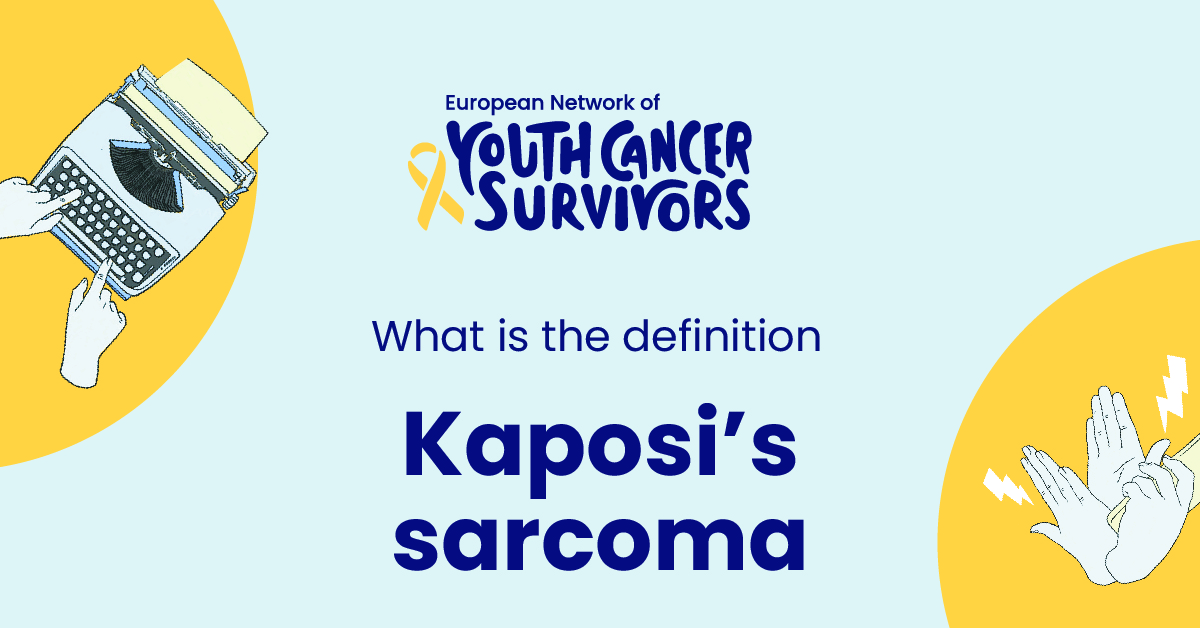
Kaposi’s sarcoma is a rare and unique kind of cancer that emerges from the cells lining the lymph or blood vessels. It usually appears as tumors on skin surfaces, in the mouth, or in the lymph nodes but can also affect other organs such as the lungs, liver, and the digestive tract. Named after the dermatologist Moritz Kaposi who first described it in 1872, the disease moved from medical rarity to the center stage of AIDS defining illnesses in the late 20th century. This comprehensive guide explores the intricacies, types, symptoms, causes, diagnosis, treatment, and coping strategies surrounding Kaposi’s Sarcoma.
Understanding the Intricacies of Kaposi’s Sarcoma
Kaposi’s Sarcoma (KS) is a multicentric vascular neoplasm associated with human herpesvirus 8 (HHV-8), also known as Kaposi’s sarcoma-associated herpesvirus (KSHV). This disease, typically characterized by red or purple skin lesions, can become life-threatening if it impacts critical organs.
The development of Kaposi’s Sarcoma involves the uncontrolled and abnormal growth of cells in the lining of the blood vessels or lymphatic vessels, often leading to visible manifestations of the disease. It’s notable that various forms of immunosuppression, notably caused by HIV/AIDS or organ transplantation, often precede the onset of this sarcoma.
The Four Types of Kaposi’s Sarcoma
The different types of Kaposi’s Sarcoma are largely determined by their geographical distribution and links with immune suppression. The types are:
- Classic Kaposi Sarcoma: Predominantly occurring in older men of Mediterranean, Middle Eastern, or Eastern European origin, it emerges slowly over years or decades, often limited to the skin.
- Endemic (African) Kaposi Sarcoma: Found in Central and East Africa, where it can affect people of all ages, and often becomes more aggressive in children.
- Immunocompromised-/AIDS-associated Kaposi Sarcoma: Occurs in individuals with a compromised immune system, like those with HIV/AIDS, and often progresses rapidly.
- Epidemic (AIDS-related) Kaposi Sarcoma: This is the most common type seen in the era of HIV/AIDS, with a more aggressive course and widespread involvement.
Symptoms of Kaposi’s Sarcoma
Common indicators and signs of Kaposi’s Sarcoma may vary based on the type and stage of the disease. They often include discolored lesions on the skin, lymphedema, respiratory symptoms, digestive difficulties, and potential signs of system-wide involvement.
Causes and Risk Factors
The exact cause of Kaposi’s sarcoma remains unknown. However, the presence of Kaposi’s sarcoma-associated herpesvirus (KSHV) or human herpesvirus 8 (HHV-8), as well as immunosuppression, are integral factors. Risk is significantly higher in individuals with HIV/AIDS due to their compromised immune systems.
Crucial Process in Diagnosing Kaposi’s Sarcoma
The diagnostic process for Kaposi’s Sarcoma starts with a careful physical examination, observation of symptoms, and medical history. Diagnostic tests like imaging studies or endoscopy can provide further information. The definitive diagnosis is made by biopsy, confirming the presence of HHV-8 infected cells within the lesions.
Available Treatment Options for Kaposi’s Sarcoma
Treatment choices depend on the type and extent of the disease, along with the individual’s overall health. Antiretroviral therapy plays a critical role, particularly in HIV-associated forms. Other treatment options include chemotherapy, immunotherapy, and radiation therapy. Emerging therapies such as targeted drug therapies and clinical trials offer new hope in Kaposi’s Sarcoma treatment.
Coping and Living with Kaposi’s Sarcoma
Living with Kaposi’s Sarcoma requires both physical care and emotional support. Support from caring professionals, family, friends, and support groups can provide emotional assistance. Organizations like the American Cancer Society offer resources to aid in coping with a Kaposi’s Sarcoma diagnosis.
Get to know us better
If you are reading this, you are in the right place – we do not care who you are and what you do, press the button and follow discussions live

Conclusion
Kaposi’s Sarcoma is a complex disease intertwined deeply with the state of the body’s immune system. Early detection and prompt treatment, coupled with effective coping strategies, can significantly impact outcomes.
FAQs
- What is the connection between Kaposi’s sarcoma and the herpes virus?
Kaposi’s sarcoma is strongly associated with the Kaposi’s sarcoma-associated herpesvirus (KSHV) or Human Herpesvirus 8 (HHV-8). The virus can cause the cells it infects to multiply uncontrollably, leading to the development of Kaposi’s sarcoma.
- Can Kaposi’s sarcoma be prevented?
Since one of the significant risk factors for Kaposi’s sarcoma is a compromised immune system, keeping the immune system healthy can potentially prevent it. This includes managing HIV/AIDS effectively with antiretroviral therapy.
- How has the prevalence of Kaposi’s Sarcoma changed with advancements in HIV/AIDS treatment?
With antiretroviral therapy, the prevalence of Kaposi’s Sarcoma has significantly decreased in regions with accessible HIV/AIDS treatment.
- Is there a cure for Kaposi’s Sarcoma?
There is no standalone cure for Kaposi’s Sarcoma. However, treatment options like antiretroviral therapy, chemotherapy, immunotherapy, and radiation therapy can help manage the disease and sometimes lead to remission.
- Can Kaposi’s Sarcoma reoccur after treatment?
Yes, Kaposi’s Sarcoma can reoccur even after treatment. Regular check-ups post-treatment are vital to monitor potential recurrence.

















Comments
Thank you. Comment sent for approval.
Something is wrong, try again later